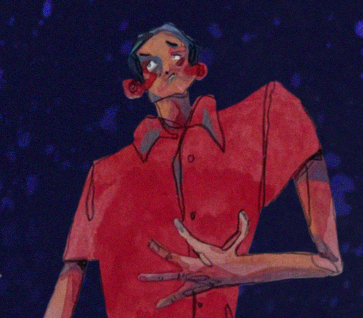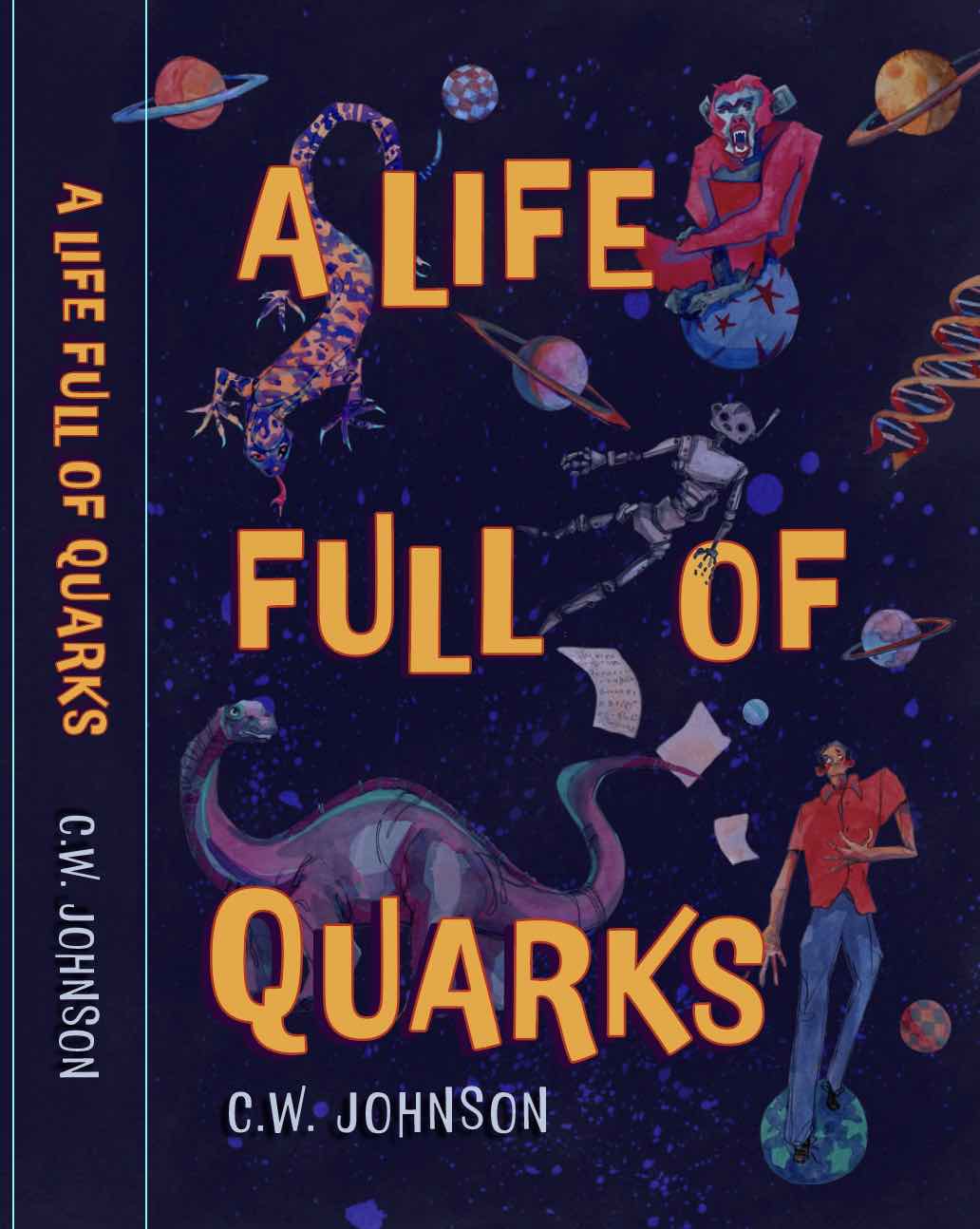Elemental Marie Curie
The great feminist SF author Joanna Russ wrote a non-fiction book entitled How to Suppress Women’s Writing. (Name drop: I took a couple of courses from Russ in the late 1980s while in graduate school.) In it, Russ lays out multiple strategies how critics throughout the ages have dismissed examples of female authors, starting from She didn’t actually write it and She wrote it, but she had help through She wrote it, but it wasn’t proper, She wrote it, but it isn’t really art and finally and perhaps ultimately, She wrote it, but she’s an anomaly.
(Side note: while most of these critics are indeed men, not all of them art. The great gadfly Camille Paglia has argued that Mary Shelley did not write her ur-SFnal novel Frankenstein, but that it was actually by her famous literary husband, Percy Shelley, expressing Percy’s suppressed homosexual fantasies.)
This of course applies not only to literature or other art forms, but even to science. The classic example of this is Marie Curie, who was accused of all those things.
I recently read a new biography of Marie Curie by Dava Sobel. Sobel has a gift for juggling both science and the unexpected details of a life, as exemplified in her wonderful 1999 book, Galileo’s Daughter. In that book Sobel told the story of the first modern scientist through the lens and letters of his beloved but illegitimate daughter, Virginia, who was considered to have no prospects and was packed off to a nunnery at age thirteen, but who despite this fate kept in close contact with her father for the rest of her life.
Sobel similarly chose a particular lens for Marie Curie. Although the world judged Madame Curie with the same dismissals laid out by Russ—it was really Pierre who did it (until Pierre got run over by a horse-drawn carriage), she was an anomaly who just happened to be the first person to win two Nobel Prizes, and in different fields to boot—Curie herself thoroughly rejected the idea that women could not be scientists. Not only did she train her eldest daughter Irene to become a scientist, and also a Nobelist (Marie had similar hopes for the younger daughter Eve, but Eve preferred the arts, playing the piano and eventually writing a National Book Award-winning biography of her mother), she additionally welcomed and trained young women scientists in her laboratory.
The chapters of the book are labeled by chemical elements (polonium, etc.) and subtitled with the names of people in Marie’s lab, mostly though not exclusively the young women scientists and technicians she lifted up. This device is less successful than Virginia’s letters to her father in Galileo’s Daughter, because as much as one admires Marie’s principles and actions, her assistants, both male and female, ultimately played a small role. Many of these assistants are simply mentioned in a line or two and then disappear, much like a radioactive atom.
Despite the slightly underwhelming performance of the literary device, the book is still well worth reading. It explores, but doesn’t exploit or overdramatize, Marie’s grief over Pierre’s death, and her polite but insistent fight for recognition—and then, having achieved it, her dislike of the spotlight. There are many interesting bits I did not fully realize before. Marie famously named the first new radioactive element she discovered polonium in honor of her homeland—but what I had never grasped before is that at the time, Poland had been swallowed up by the great powers, Germany and Russia and others, so we had an element named for a country that at the time did not even exist.
For me, however, some of the best and most important parts of The Elements of Marie Curie are the descriptions of the difficult and challenging scientific work. Sobel explains well not only the puzzle of radioactivity, not through a modern lens but how a picture of the subatomic world slowly appeared, as through a fogged photographic plate. She also portrays the backbreaking physical toil that it took to carry out the research and how difficult it was not only to extract a few milligrams of polonium or radium from tons of pitchblende ore, but the crude measures used to first identify ionizing radiation.
Today we have crisp electronics and sundry devices to help out carry out experiments. None of that existed at the start of the 20th century. I recommend books like this to my students, and to you too, to appreciate how hard these groundbreaking scientists had to work. Similar books in the genre are Lise Meitner: A Life in Physics, Life in Physics, by Ruth Lewin Sime, about another great nuclear chemist and a co-discoverer (and interpreter) of fission, and The Fly in the Cathedral, by Brian Cathcart, about the discovery of the atomic nucleus at the Cavendish Lab in England. I heartily recommend all of these books, as well as Sobel’s, to anyone with the least bit of interest in the realities of the glories and heartbreak of scientific discovery.
After reading Galileo’s Daughter, and after visiting the Galileo Galilei museum of scientific instruments in Florence, Italy, I wrote a poem about Galileo. And in the middle of reading The Elements of Marie Curie, in particular learning her middle name is Salomea, I drafted a poem about Marie. Maybe I will be able to publish it in an SF journal. Stay tuned!

